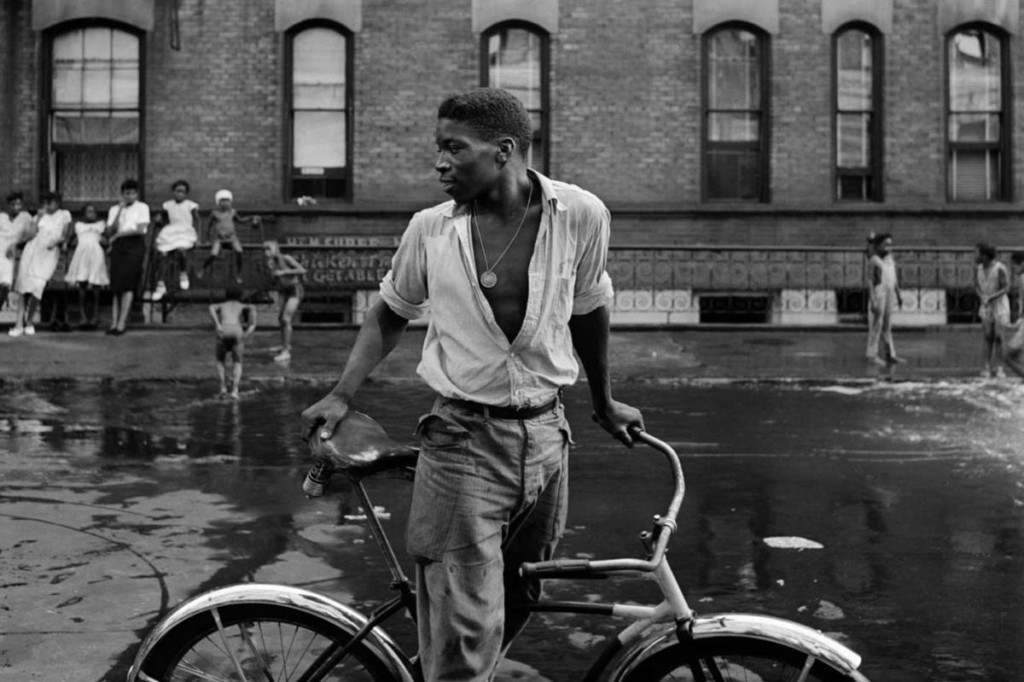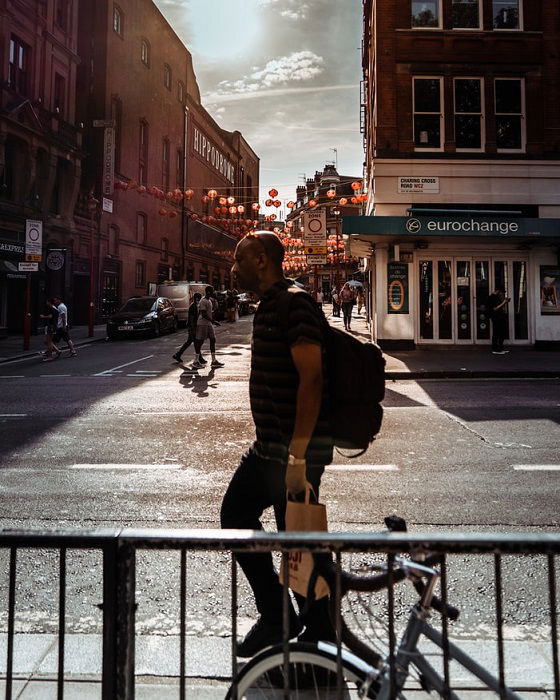A Biased View of Framing Streets
Table of ContentsA Biased View of Framing StreetsFacts About Framing Streets UncoveredOur Framing Streets StatementsThings about Framing StreetsSome Known Details About Framing Streets The Best Guide To Framing Streets
Digital photography style "Crufts Pet dog Program 1968" by Tony Ray-Jones Street photography (likewise sometimes called honest digital photography) is photography carried out for art or questions that includes unmediated chance experiences and arbitrary incidents within public places, generally with the aim of catching pictures at a definitive or poignant moment by careful framing and timing. 
How Framing Streets can Save You Time, Stress, and Money.
Susan Sontag, 1977 Street digital photography can concentrate on people and their behavior in public. In this regard, the street professional photographer is similar to social documentary digital photographers or photojournalists that also work in public locations, but with the aim of recording relevant occasions. Any of these photographers' images may catch individuals and residential property visible within or from public places, which often involves navigating honest problems and regulations of personal privacy, security, and residential property.
Representations of daily public life develop a category in nearly every duration of world art, beginning in the pre-historic, Sumerian, Egyptian and very early Buddhist art durations. Art taking care of the life of the street, whether within views of cityscapes, or as the dominant theme, shows up in the West in the canon of the Northern Renaissance, Baroque, Rococo, of Romanticism, Realism, Impressionism and Post-Impressionism.
Get This Report about Framing Streets
Louis Daguerre: "Boulevard du Holy place" (1838 or 1839) In 1838 or 1839 the first photo of figures in the road was recorded by Louis-Jacques-Mand Daguerre in one of a pair of daguerreotype views extracted from his studio home window of the Boulevard du Temple in Paris. The second, made at the height of the day, reveals an uninhabited stretch of street, while the other was taken at regarding 8:00 am, and as Beaumont Newhall reports, "The Boulevard, so constantly loaded with a moving throng of pedestrians and carriages was perfectly singular, other than a person that was having his boots cleaned.
As a result his boots and legs were well defined, yet he is without body or head, because these remained in movement." Charles Ngre, waterseller Charles Ngre. https://www.flickr.com/people/199855997@N03/ was the initial professional photographer to achieve the technical elegance called for to register individuals in motion on the street in Paris in 1851. Professional Photographer John Thomson, a Scotsman collaborating with journalist and social activist Adolphe Smith, released Street Life in London in twelve monthly installations beginning in February 1877
The Framing Streets Statements
Eugene Atget is considered a progenitor, not because he was the first of his kind, yet as an outcome of the popularisation in the late 1920s of his record of Parisian roads by Berenice Abbott, that was influenced to carry out a similar documentation of New York City. [] As the city established, Atget assisted to promote Parisian streets as a deserving topic for photography.

Rumored Buzz on Framing Streets
In between 1946 and 1957 Le Groupe des XV every year showed work of this kind. Andre Kertesz. Circus, Budapest, 19 May 1920 Road digital photography developed the significant web content of 2 exhibits at the Museum of Modern Art (Mo, MA) in New York curated by Edward Steichen, Five French Photographers: Brassai; Cartier-Bresson, Doisneau, Ronis, Izis in 1951 to 1952, and Post-war European Digital Photography in 1953, which exported the principle of street photography internationally.

Not known Facts About Framing Streets
The recording equipment was 'a surprise camera', a 35 mm Contax hidden underneath his coat, that was 'strapped to the breast and connected to a long cord strung down the right sleeve'. Nevertheless, his work had little modern influence as as a result of Evans' level of sensitivities concerning the originality of his job and the privacy of his topics, it was not released until 1966, in guide Numerous Are Called, with an introduction created important link by James Agee in 1940.
Helen Levitt, then an instructor of young kids, related to Evans in 193839. She recorded the temporal chalk illustrations - photography presets that became part of kids's street culture in New york city at the time, as well as the children that made them. In July 1939, Mo, MA's new photography area included Levitt's work in its inaugural eventRobert Frank's 1958 publication,, was substantial; raw and typically indistinct, Frank's photos questioned mainstream digital photography of the moment, "tested all the official regulations laid down by Henri Cartier-Bresson and Walker Evans" and "flew in the face of the wholesome pictorialism and genuine photojournalism of American publications like LIFE and Time".